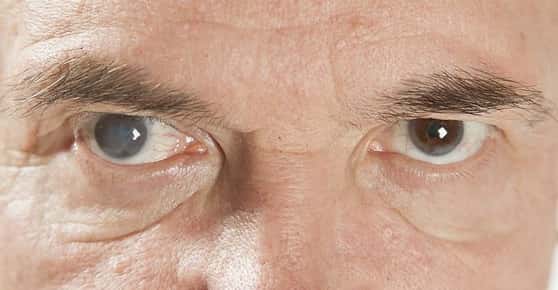Every morning, we open our eyes and become immersed in a wealth of visual information. The eyes and related brain structures are a complex system that allows us to experience visual information from the surrounding world. It is easy to take clear vision for granted, but even subtle changes in the structure
Read moreCataracts

For most people, the lens of one or both eyes eventually gets cloudy, causing blurry vision. This condition is called a cataract. More than half of Americans develop cataracts or have had surgery to correct a cataract by the age of 80, according to the National Eye Institute. You might develop a cataract in one or both eyes, but it does not spread from one to the other.
Cataracts progress over time. If your vision is adequate, glasses or contact lenses might suffice to address your early-stage cataract and slightly impaired vision. However, if blurred vision is making you a dangerous driver, affecting your independence or compromising your ability to do the things you love, it might be time for cataract surgery.
-
How the Eyes Work
-
Protecting Your Eyes
Of our five senses, humans rely on vision most strongly. Our everyday experience of the world is colored by our ability to see, our memory draws heavily upon visual information, and many activities of daily living are challenging without sight. As a result, it is essential to protect your eyes from damage.
Read more
Visit our Office
1395 South Marietta Pkwy SE Building 400, #107
Marietta, GA 30067
